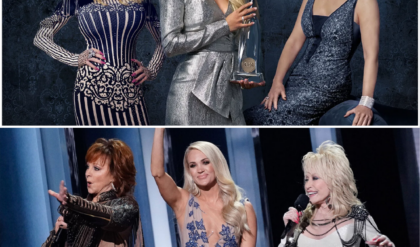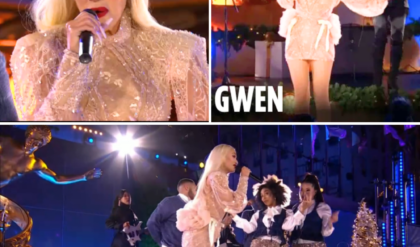This essay explores the themes of class and socioeconomic disparities in the Netflix series “Emily in Paris.” The show, which follows an American woman’s adventures in the French capital, has been criticized for its unrealistic portrayal of Parisian life, particularly its depiction of the city’s affluent residents and their glamorous lifestyles. While the show’s creators argue that it is intended to be a lighthearted escapist fantasy, the essay argues that the series’ class blindness ultimately reinforces harmful stereotypes and obscures the realities of life in Paris for many people.
The essay begins by examining the ways in which “Emily in Paris” romanticizes the Parisian experience. The show features stunning visuals of iconic landmarks, fashionable characters, and luxurious apartments, all of which contribute to a sense of idealized glamour. However, this idealized vision of Paris is far removed from the realities of life for many Parisians, who struggle with high housing costs, limited job opportunities, and a crowded and inefficient public transportation system.

The essay then discusses the ways in which the show’s characters are portrayed. Emily, the show’s protagonist, is a wealthy young woman who easily navigates the Parisian social scene and finds love and success. Other characters, such as Mindy, a struggling musician, and Camille, a wealthy socialite, are also depicted in ways that reinforce traditional gender roles and class stereotypes. The essay argues that these portrayals of characters perpetuate harmful stereotypes and obscure the complexities of class and gender in Parisian society.
Finally, the essay considers the implications of the show’s class blindness. By presenting a romanticized and idealized vision of Paris, the show reinforces the idea that the city is a place of endless opportunity and glamour. This can lead viewers to develop unrealistic expectations about life in Paris and to overlook the challenges that many people face. Additionally, the show’s class blindness can contribute to a sense of social division and inequality, as it suggests that there is a vast gulf between the wealthy and the poor.
In conclusion, the essay argues that “Emily in Paris” is a flawed portrayal of Parisian life that reinforces harmful stereotypes and obscures the realities of class and socioeconomic disparities. While the show may be entertaining, it is important to be aware of its limitations and to consider the ways in which it can contribute to a distorted understanding of Parisian society.





